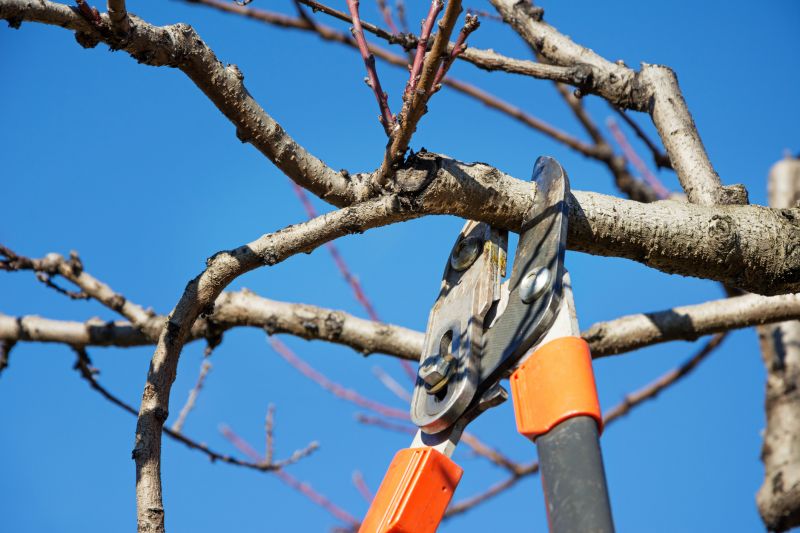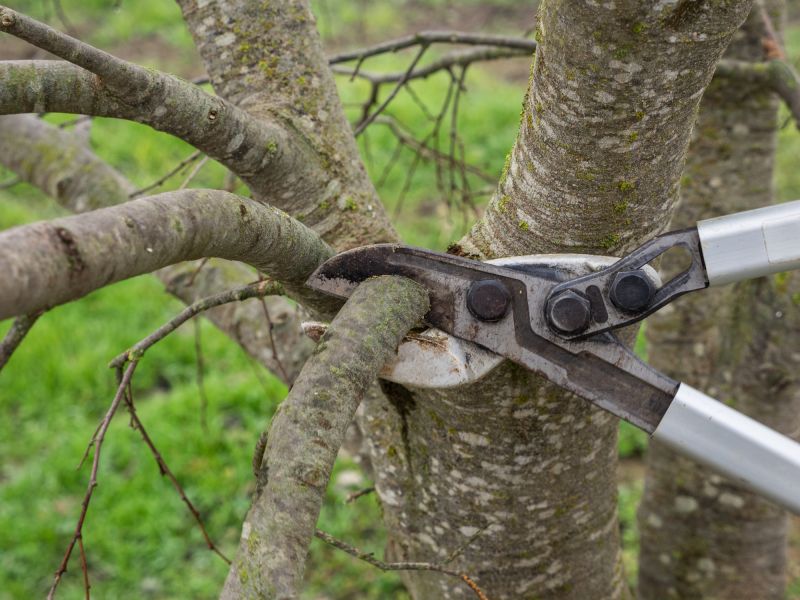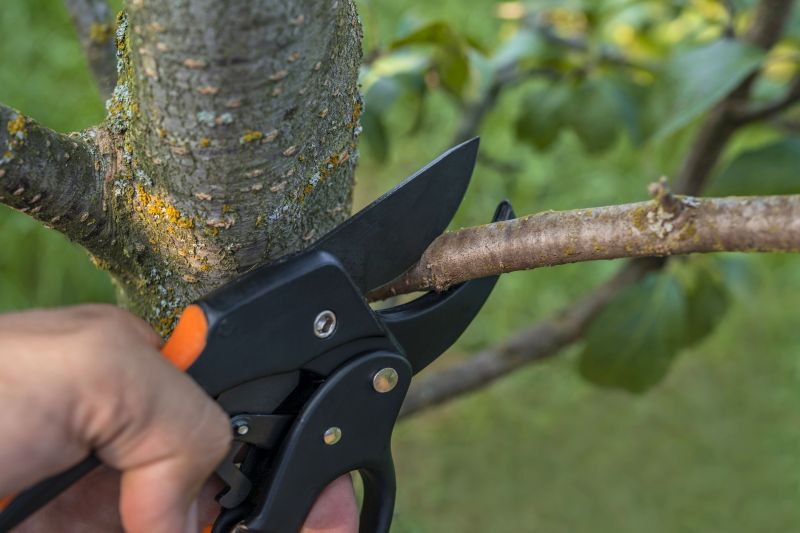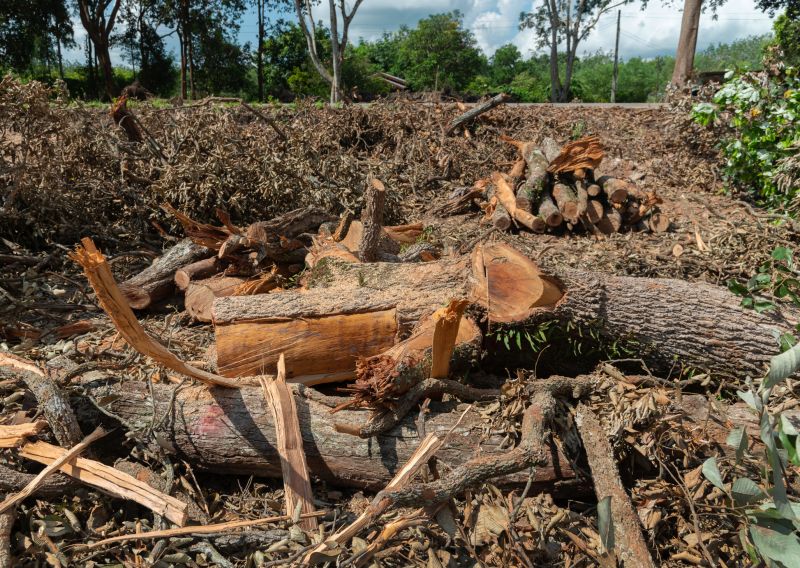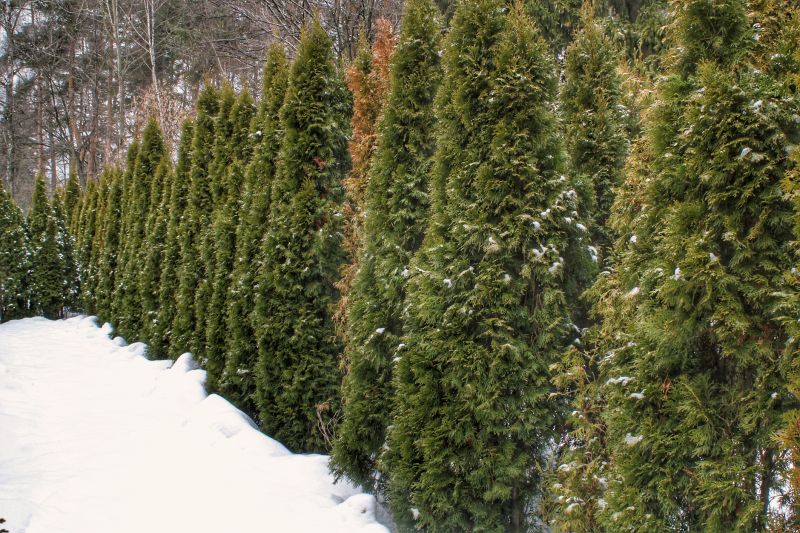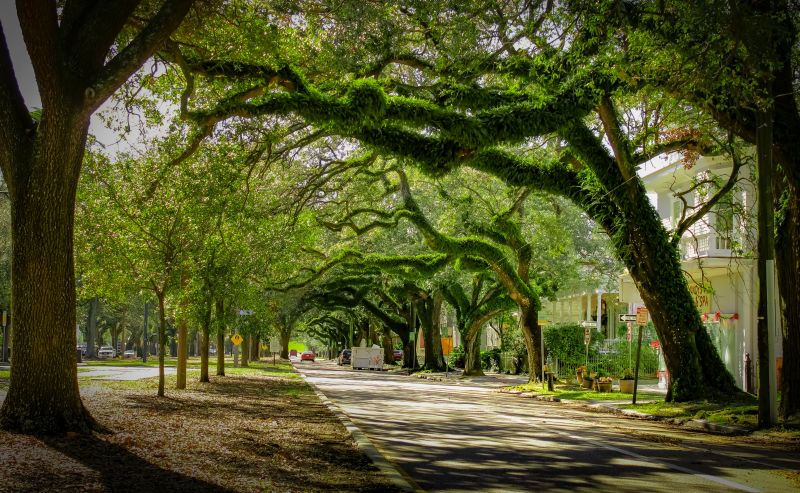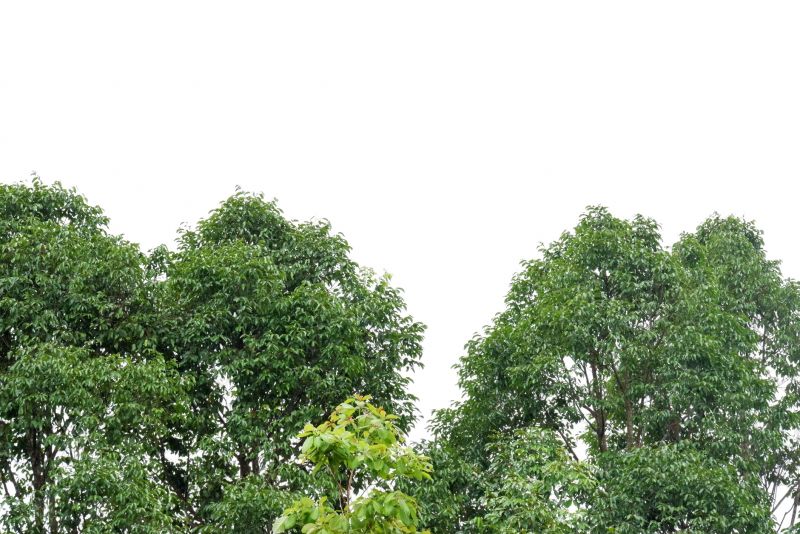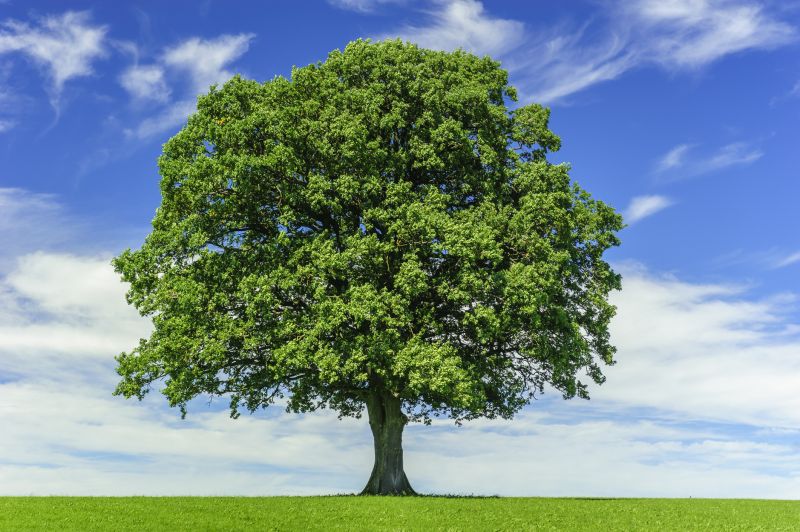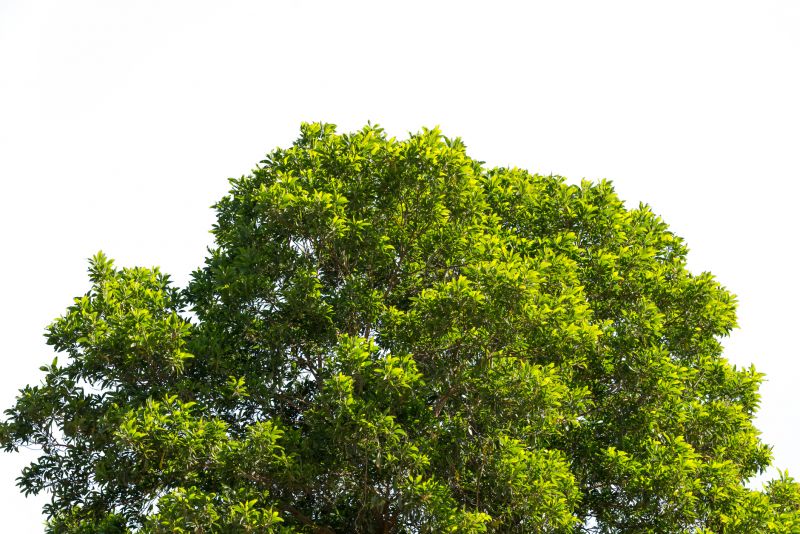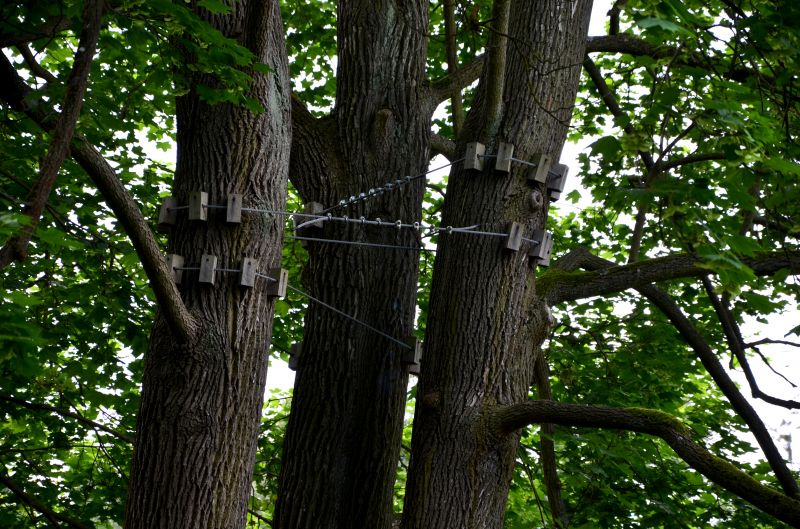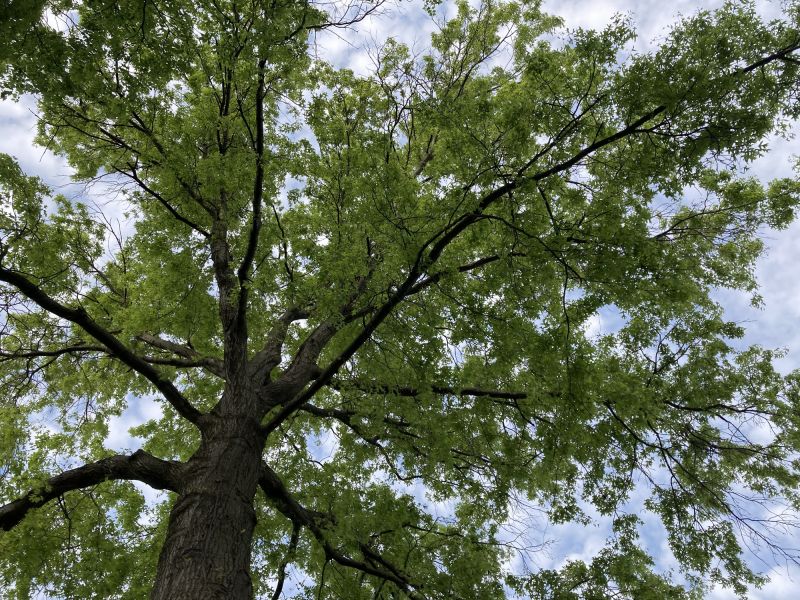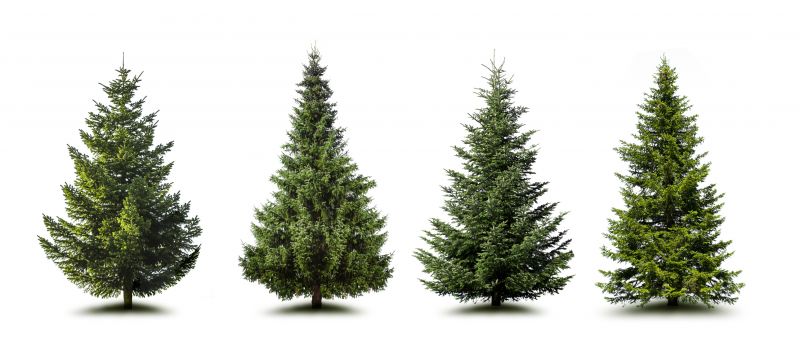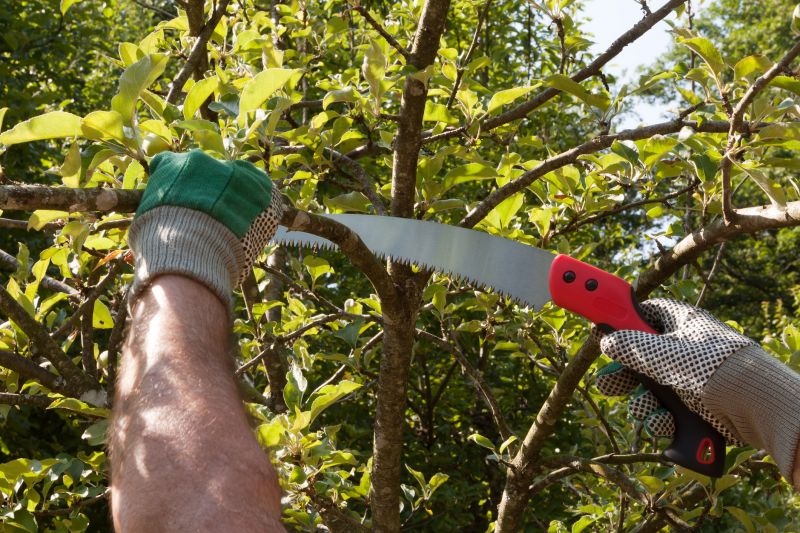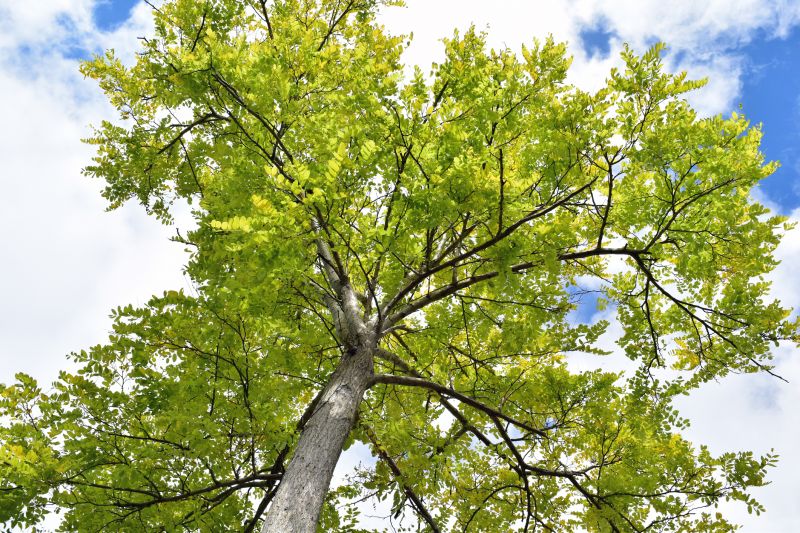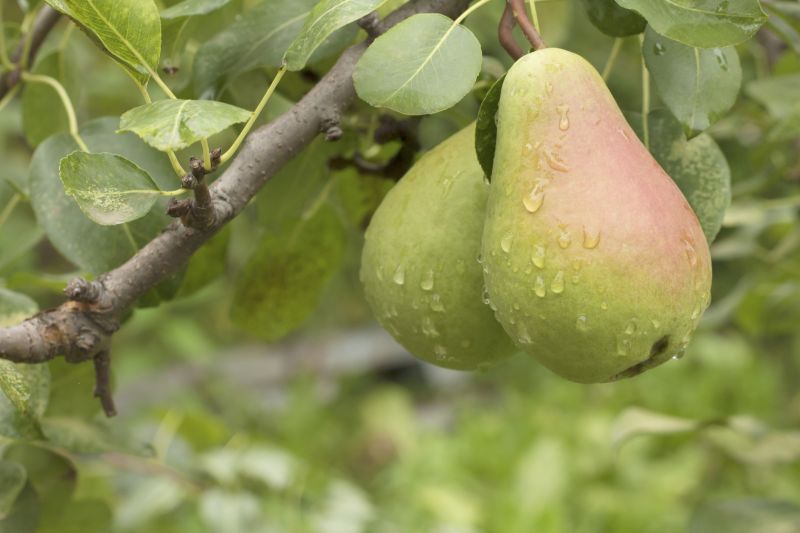Step 1: Assess the Tree
Before starting the trimming process, carefully examine the elm tree to identify any dead or diseased branches that need to be removed.
Step 2: Gather the Right Tools
Make sure you have the necessary tools for elm tree trimming, including:
- Pruning shears
- Ladder
- Hand saw
- Safety goggles
- Gloves
Step 3: Plan the Trimming Strategy
Decide on the desired shape and size of the elm tree. Plan which branches to remove or trim to achieve the desired outcome.
Step 4: Start Trimming
Begin by removing any dead or diseased branches using the pruning shears. Cut them close to the main branch or trunk, making clean cuts at a slight angle.
Step 5: Trim Overgrown Branches
If there are any overgrown branches that interfere with nearby structures or pose a safety hazard, carefully trim them back to a suitable length.
Step 6: Maintain Tree Balance
Ensure the tree maintains a balanced appearance by trimming branches that are growing disproportionately or causing the tree to lean unnaturally.
Step 7: Clean Up and Dispose
Collect and dispose of the trimmed branches properly. You can either compost them or contact your local waste management for disposal instructions.
Step 8: Monitor Tree Health
Regularly check the elm tree for signs of new growth, pests, or diseases. Address any issues promptly to maintain the tree's health and vitality.
Step 9: Seek Professional Help if Needed
If you are unsure about the trimming process or if the tree requires extensive pruning, it is recommended to consult a professional arborist for assistance.


